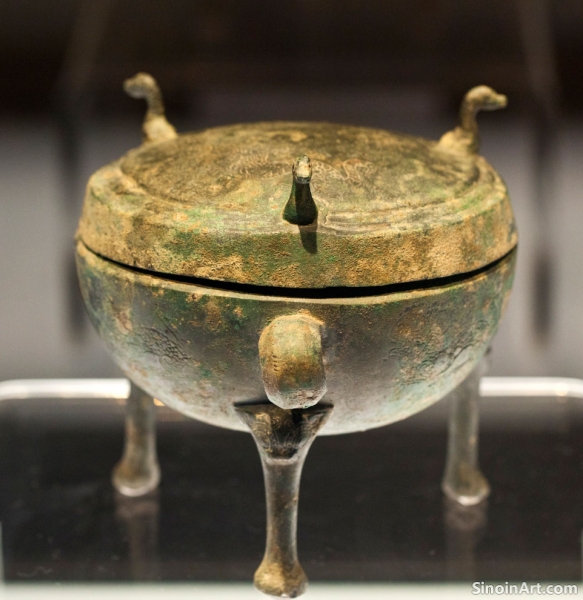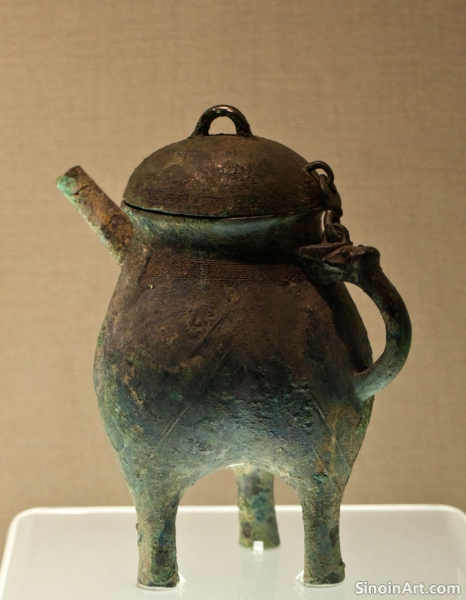The Craftsmanship Behind Chinese Bronze Ware: Techniques and Methods
|
The creation of Chinese bronze ware represents a remarkable achievement in ancient metallurgy and craftsmanship. The techniques and methods used to create these intricate objects required a high level of skill, knowledge, and dedication. The complexity and level of artistry is impressive to consider even today.  The primary method of bronze casting in ancient China was the lost-wax casting process, which involved the creation of a clay model, which was covered in clay before the original wax mold was melted out. The molten bronze was then poured into the hollow created by the lost wax and this allowed for the creation of complex shapes. The method of lost-wax casting allowed for the creation of highly complex and beautiful works of art.  The bronze itself was an alloy of copper and tin, and sometimes lead, with the precise proportions of each metal carefully controlled to achieve specific qualities. The mixing of these metals in precise proportions required a great degree of both knowledge and experience. These careful controls produced a consistent final product.  The creation of intricate designs on bronze ware involved a combination of molding, carving, and engraving techniques, each requiring immense precision and artistic flair. The ability to create beautiful and intricate patterns demonstrates the skill and dedication of the bronze workers. The legacy of the ancient Chinese bronze workers continues to inspire awe and admiration, showcasing the ingenuity and technical mastery of the ancient world. Their skill helped to produce objects of both great beauty and great power. |
Tag : bronze casting techniques, lost-wax casting, Chinese metallurgy, ancient craftsmanship, bronze art
Related information
- The Use of Bronze in Ancient Chinese Maritime Activities: Navigation, Trade, and Exploration
- Bronze Ware and Ancient Chinese Law: Authority, Justice, and Codification
- Bronze Ware and the Development of Ancient Chinese Scientific Thought: Experimentation, Observation, and Knowledge
- Bronze Ware and Ancient Chinese Textile Production: Spindle Whorls, Weaving Tools, and Textile Art
- The Influence of Zhou Dynasty Ritual Bronzes on Later Chinese Art and Culture
This article explores the use of bronze in ancient Chinese maritime activities, highlighting its role in creating ship fittings, navigational tools, and its impact on the development of trade routes and maritime exploration.
This article explores the use of bronze in ancient Chinese law, highlighting its role in codifying legal principles, disseminating decrees, and symbolizing judicial authority, revealing the interconnectedness of law, power, and material culture.
This article explores how bronze ware played a role in the development of ancient Chinese scientific thought, highlighting its use in experimentation, observation, the creation of scientific instruments, and the preservation of knowledge, underscoring the connection between technology and the scientific understanding of the world.
This article explores the use of bronze in ancient Chinese textile production, highlighting its role in creating spindle whorls, weaving tools, decorative elements, and the interplay between metalworking and textile crafts.
This article explores the lasting influence of Zhou Dynasty ritual bronzes on later Chinese art and culture, highlighting their impact on forms, designs, the importance of inscriptions, and the continued relevance of ritual and ancestral veneration.